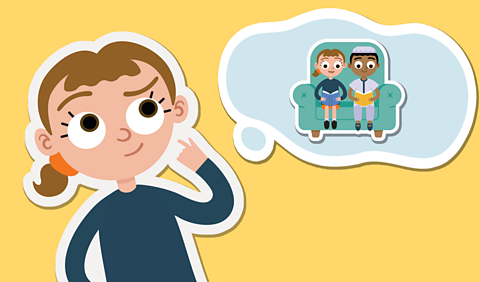NARRATOR
Hey everyone! Are you ready for another exciting day of space exploration?
SOPHIE
We’ve got nothing to do until we arrive in the next galaxy!
NARRATOR
Nothing to do?!
ROBIN
I know! Let’s go to the library.
PETE
Great idea!
ROBRARIAN
(robotically) Welcome to the library. How may I help you?
ROBIN
I’d like a book please!
ROBRARIAN
What kind of book would you like? Fiction or non-fiction?
LARA
We’re not sure what that means!
NARRATOR
Books can be divided into two categories - fiction and non-fiction. Fiction books are made-up stories from the writer’s imagination, like a poem, a play or a fairytale.
Non-fiction, on the other hand, is about facts - real people, places and events. Newspapers, text books and life stories are all examples of non-fiction.
ROBIN
Ahh that makes sense! I’d like a book about scary stories so that’s… fiction!
SOPHIE
I’d like a book about dinosaurs, which is… non-fiction!
PETE
I’d like to read an adventure about dragons - that’s fiction, right?
LARA
I’d like to read about football! That’s non-fiction!
ROBRARIAN
Affirmative!
KIDS
Yay!
NARRATOR
When you’re choosing a book, remember that fiction books are written to entertain the reader, while non-fiction books are written to teach us about things and provide us with information!
The wonders of a library
The kids are on a spaceship far, far away. They are feeling a bit bored and so decide to go to the library. Here they meet the ‘robrarian’ – the robot librarian. He asks them what sort of book they want.
Imagine having a library in a spaceship, that certainly sounds like fun. Imagine having a robrarian too!
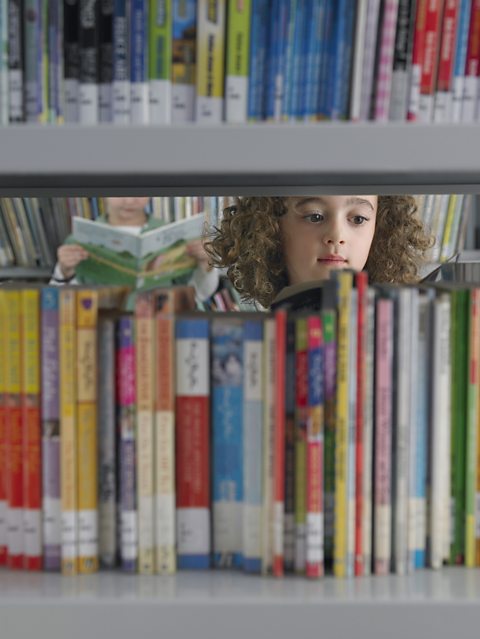 Image source, iStock
Image source, iStockNon-fiction books
You probably have a library at school, filled with lots of colourful books.
These books might be about topics you study. Topic books are non-fiction books and they provide you with information about different things. The information in non-fiction books is factual. This means it is true and is not made up.
If you are reading a non-fiction book and get stuck on a word, you can go to the glossary. This tells you the word and what it means.
Non-fiction books usually have a contents page. This tells you the page numbers where you can discover the information you are looking for.
An index page is normally at the back of the book. This gives you a list of words in the book and the page numbers where you can find these words.
Non-fiction writing is all around us. When you visit a museum, the information card on each display is an example of non-fiction. The instructions for a computer game are also non-fiction text.
 Image source, iStock
Image source, iStock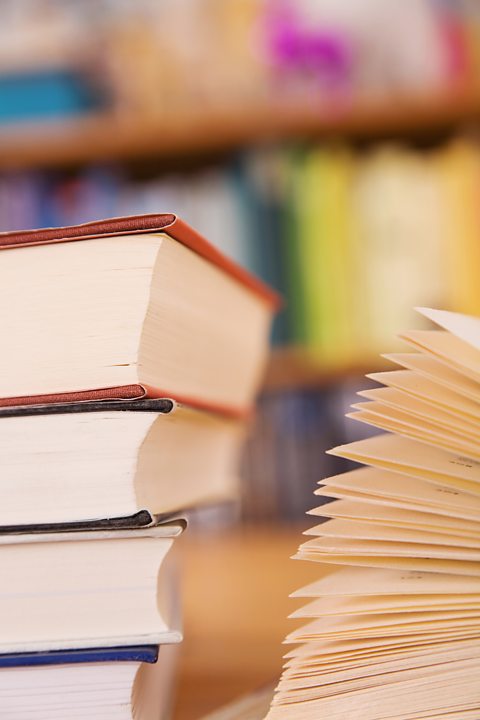 Image source, iStock
Image source, iStockFiction books
You might also have fiction books in your school library.
Fiction books are imaginative stories written by an author. They are not true stories.
Fiction books are normally written in chapters. Each chapter has a short title.
When you read a fiction book you start at the beginning and read the story right through, chapter by chapter. When you do this you understand the story and the order in which things happen.
A fiction book has an author and sometimes an illustrator too. The illustrator draws pictures to help you understand the story, or to show you what some of the characters in the story look like.
Some other examples of fiction texts in your school library might be a book of poems, a fairy-tale or even a play.Do you have a favourite fiction book? If it’s your favourite, do you read it over and over again?
 Image source, iStock
Image source, iStock
Your local library
Libraries are great places to find many different fiction and non-fiction books. You can sit in the library and quietly read a book, or you can bring it home with you.
Which type of books do you prefer, fiction or non-fiction?
More on Reading
Find out more by working through a topic
- count3 of 8

- count4 of 8
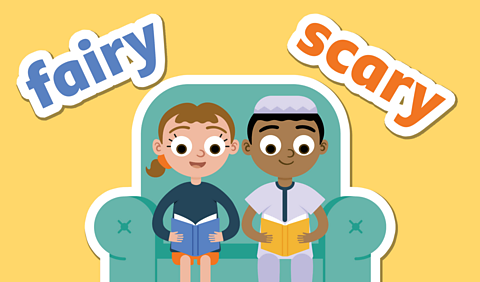
- count5 of 8
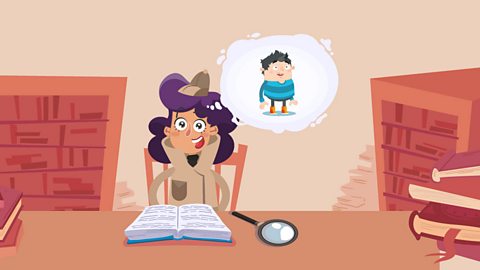
- count6 of 8
